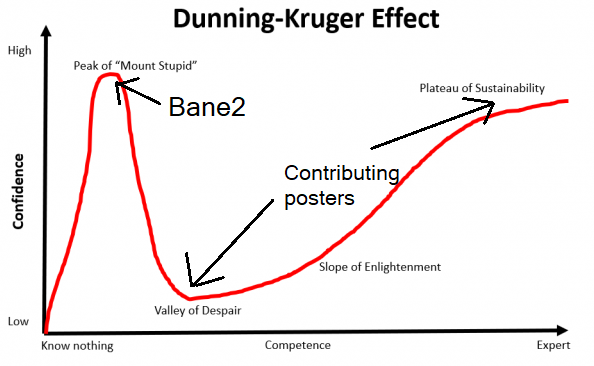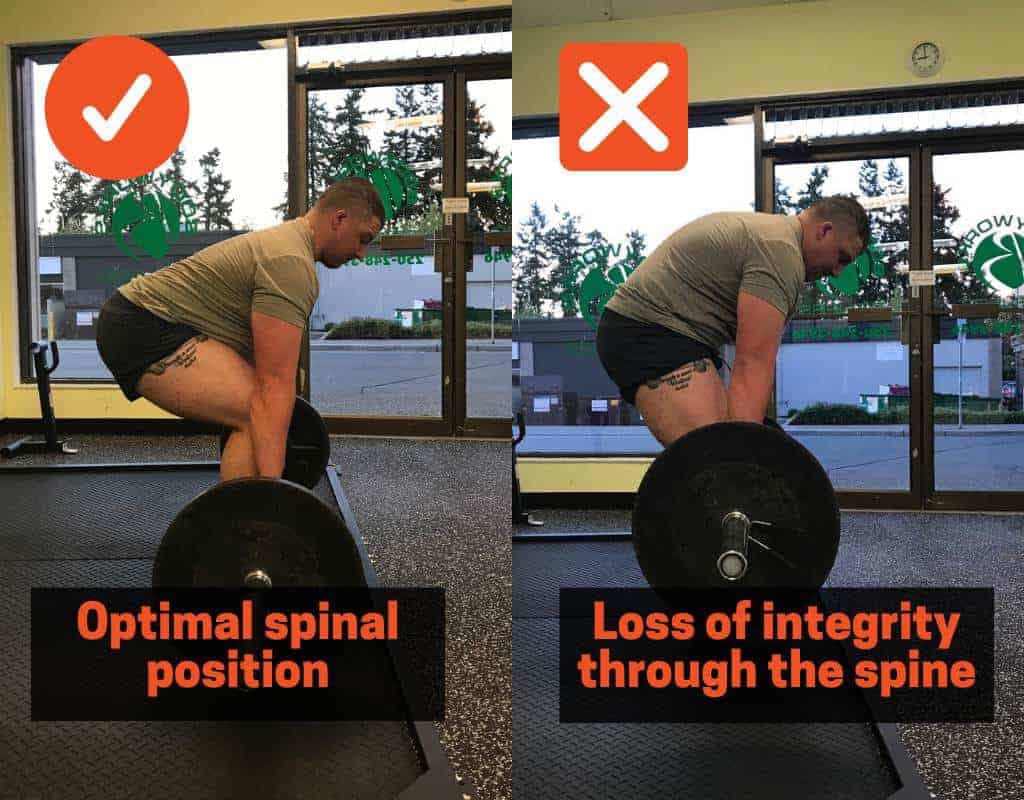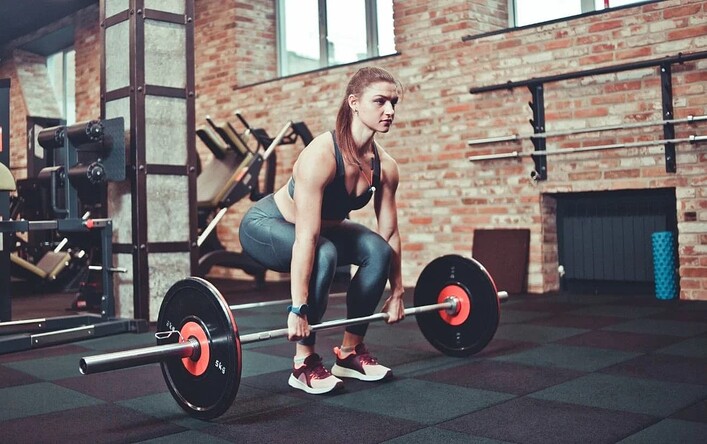Same thing I asked him. He even posted a quote in which Jones points it out.
How is this productive?
You seem to believe you know the best method of putting on muscle. But are you willing to consider there are quite a number of different methods of putting on muscle? …and I mean a lot of muscle.
It has long been evident that there exists no single method for building a remarkable physique. Am I an idiot to believe that?
This dude neeaaaaarly made it, but his grip failed at the very end.

Here’s a guy sticking near the top, his glutes are failing, so he’s trying to,pull the bar up his thighs.

A guy failing near the knees, his upper back is weak so even though the hips are still lifting the back is rounding and the bar doesn’t go anywhere.
This woman has the long longs of someone who would fail the deadlift off the floor. Check out how much her knees are bent, and the Huge knee extension or quad strength she would need out of the bottom.
the strength curve of the deadlift dictates that if you can break a weight off the floor then you can definitely complete it
The breaking off the floor component is largely back strength
therefor you don’t want to pre exhaust the back. you want to pre exhaust the muscles that have it easy on the exercise. Understand?
You need to go and watch a powerlifting meet, and you can quickly put that theory in the trashcan. Most all deadlifts are missed after the bar leaves the floor.
It’s not a theory it’s the strength curve of the exercise. Those people who miss it after breaking it off of the floor are people who have prioritized rowing exercises to strengthen their back but have failed to strengthen their hamstrings and glutes to aid the lockout.
people who display strength with power cleans and deadlifts are largely clowns. It isn’t interesting to watch some overweight turd do a 1rm.
You keep lifting in fantasy land.
I have just got to ask what you have to show for all the “knowledge” that you have. Pics.
Clearly, you have NEVER seen an actual powerlifting meet. The greatest percentage of lifters are far from overweight.
You keep talking and you will remove all doubt that anyone should listen to anything you have to say.
Now is the time you call me an idiot.
powerlifting is for clowns
I did it and it vastly improved by bodybuilding.
In fact, I recommend powerlifting to anyone wanting to put on good foundational muscle.
I am your worst idiot.
I’d be curious to address this within the context of your typical training week vs. your training leading up to a meet.
For example, maybe you had a different sticking point, because you were deadlifting a few days after squat day during a typical training cycle, hence quads and hip flexors were maybe a little bit inhibited off the floor. But you took 5 days off or did just light speed work leading up to a meet and everything was fresh, so off the floor was no longer the issue. It’s hard to guess without the full picture IMO.
For those just joining in needing a rundown on this thread so far:

I suppose there are many opinions on why what I couldn’t budge off the ground in training came up easily in a meet. I told others that I was a “meet lifter” and not so much a “gym lifter.” That was very much a thing when I competed in powerlifting.
My training:
Deadlift once a week every Saturday. I went heavy every other week: 555lbs 2 sets of 4 “touch and go” reps. The other Saturdays were light deadlifts: 315lbs 2 sets of 10 “touch and go” reps. (I did “touch and go” reps for my most efficient bar path to be second nature, in that I didn’t need to think about the lift.)
Squat heavy on Tuesday and light on Thursday.
As the meet came close, I did my last deadlift 2 weeks out from the meet. I did my last heavy squat on the Tuesday before the meet. I did 3 sets of 2 reps with my opening squat weight. No squats at all on Thursday before the meet. No workout on Friday.
Ok, this was fucking funny.
Great point
(Just joined this thread, read the first post and, ironically, nothing before the Dunning-Kruger graph. Which makes me fracking optimistic I’m investing my time wisely.)
I’m not quite sure what the goal of the original plan is? To do deadlifts that exclude the hamstrings by tiring these muscles out first, and so concentrating only on the glutes, spinal erectors, forearms, lats, all the core and many smaller muscles?
Because that is still a lot of muscles. You aren’t isolating much. And if you don’t lower the weight because the hamstrings are tired, is it still as effective, and is it still as safe to do heavier weights?
I think a better strategy would be to aim to increase blood flow to the legs, perhaps by doing the 100 rep leg extension (written about elsewhere) before doing the deadlifts. And then doing further hamstring work to challenge this large muscle group more specifically. This is safer, still allows high weights, and will better increase growth as well as challenging the legs.
I tried this for a while, with fairly heavy weights. No one has ever mistaken me for Eric Haydn or Tom Platz, but I was happy with the results.
Unlikely there was much actual hypertrophy… swelling, edemas, fluid retention. I saw the same on mega high reps
To be fair, I don’t know if that’s totally a negative. Looking bigger is looking bigger, after all!
I think the idea behind the ultra-high reps is mostly to build additional capillaries, which would then better shuttle blood, oxygen, and nutrients to the working muscles… so it’s an indirect approach to hypertrophy by better setting conditions.
Some edema will help “pack” your joints, so maybe your squats are a little more protected/ at least don’t feel as bad in the moment.
At the very least, they’ll build some work capacity and endurance.


